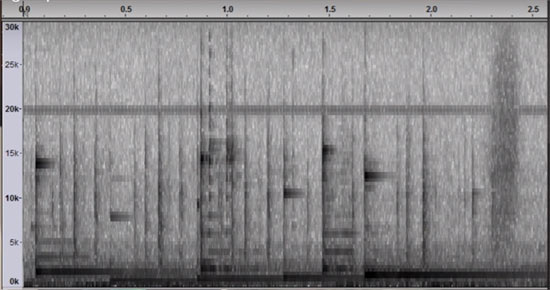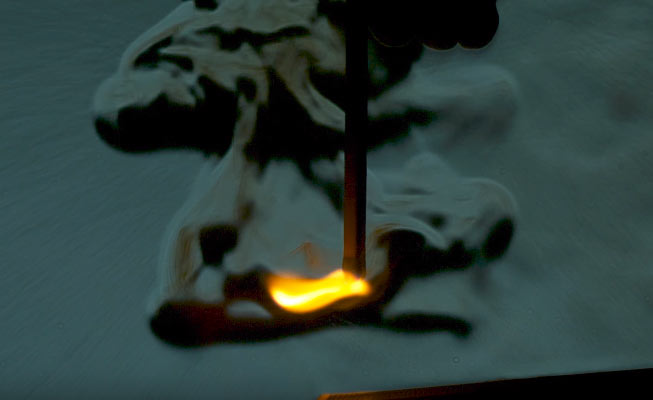Smarter Every Day has posted a very nice example video of audio master Gordon McGladdery recording audio to be incorporated into slow motion footage. Since recording real slow motion sound that is usable at super high speeds is an impossibility due to the undiscernable pitch that results from it, you need to get creative with some reverb, echo, pitch, and chamber audio effects in order to get a compelling final product. We are big fans of both their channels and make sure you check them out for supporting them.
Tag Archives: how to
CNET Makes Basic Phone Slow Motion How-To Video!
We find that while the video is simple, it does a good job in explaining the methods on Apple’s iOS and Android to get slow motion footage ready for posting on the web or social media. There is some basic editing and trimming for cutting the nonaction parts.
You can find the official video link here if needed: https://www.cnet.com/videos/make-slow-motion-videos-on-a-phone/
High Speed Video & Incorporating Sound!
Nick Moore the creator of the Youtube channel of the same name has done a primer video on the recording of audio along with high-speed video. He goes into some detail about the usability aspects and limitations of recording audiothat is usable. Interestingly it can also mean you are better off faking the audio in post production for a better effect especially if you want it for a movie or tv show that demands quality audio.
The frequencies needed and data capture rate matter a lot in slow motion audio recording. In the end, it is a balancing act of what can be heard by the human ear and what you can exploit on reasonable time frames. It is much easier for example to record audio up to 240fps but it becomes increasingly less usable the higher the frame rate goes. At 1000fps you probably will not have anything worth keeping.
Schlieren Imaging Slow Motion DIY!
Sometimes all it takes to embark on a new project is some unexpected inspiration. On the Incredible Slow Motion video by Veritasium – Seeing the Invisible: Schlieren Imaging in SLOW MOTION we are not only inspired but awestruck by the results of this simple and doable at home scientific experiment. The experiment allows a camera to visualize the vortexes of gases and temperature differences in the air which serve to create some very interesting scientific experiments and or artistic visualizations.
You will need a Concave Parabolic Mirror like the ones used in reflective Newtonian telescopes, “you may have one lying around from your stargazing days”, you will also need a small light source like an LED flashlight or single diode and finally a razor blade or similar precise object to cut off the light to the camera on a plane.
Fake Slow Motion Is It Worth It?
There has been a lot of work put it developing software that can interpolate frames for video editing and compositing applications. Twixtor in the late 90’s was perhaps the first time the technology could make something worthwhile and really produce acceptable results in a computationally acceptable timeframe.
Today the most used algorithm is Adobe’s Optical Flow in Premiere or Time Warp in After Effects which use vector directional plus acceleration of pixel values to derive in between frame data to generate new frame information from the preceding frame as point A and the next frame as point B. The results can do some wonders to really slow down things above the frame rate ceiling of the camera.
Slow Motion Educational Videos!
We want to share a few videos that explain the principles behind slow motion video shooting. There is a lot of confusion when it comes to slow motion; how to shoot it, how to play it back and the dos and don’ts to get the best footage possible. The principles of shutter speed, light sensitivity, triggering and playback are all based on classical photography techniques with the main difference being extremely short time-scales and the need for inordinate amounts of light… but it can get tricky!
The internet is an information tool that democratizes the ability of the audience to learn and experience new information shared by millions of individuals. Gladly this also includes high speed camera information and sample videos. Be sure to subscribe to the channels behind these videos so that they can continue sharing their knowledge with all of us.




